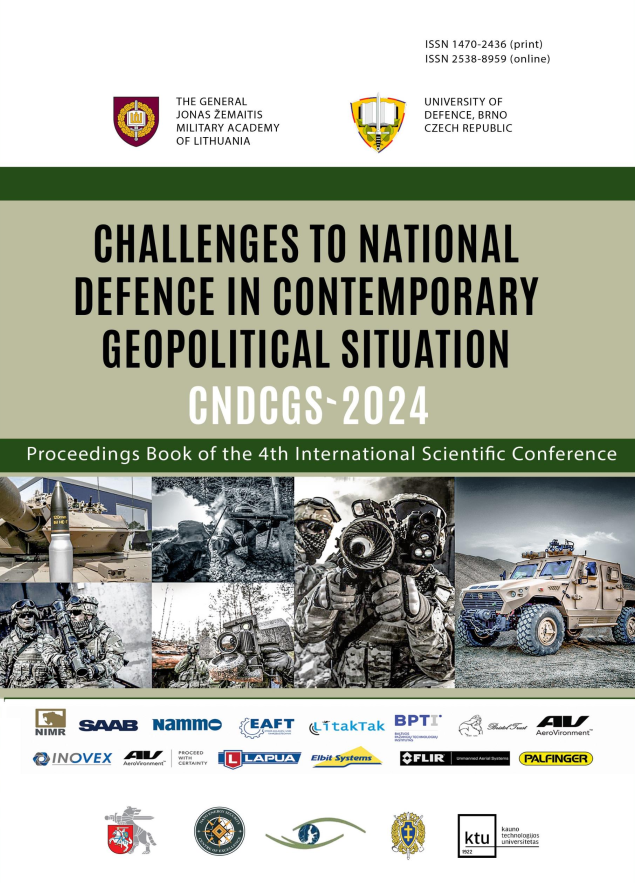Enhancing Tactical Readiness in Law Enforcement: Analysis of psychophysiological response in close quarter engagements
DOI:
https://doi.org/10.3849/cndcgs.2024.641Abstract
This study aims to elucidate the autonomic and psychophysiological responses of professional soldiers subjected to high-stress, close-quarter combat simulations facilitated by the Redman system. The research enlisted a cohort of 67 male professional soldiers with extensive experience in international conflict zones including Lebanon, Afghanistan, Bosnia, Kosovo, and Iraq. Through a detailed examination, this study tracked the participants' heart rate (HR) and heart rate variability (HRV) before, during, and after engaging in a series of controlled combat scenarios that alternated between periods of rest and active confrontation with both male and female adversaries. This methodical approach enabled a nuanced analysis of the autonomic nervous system's reactions under varied stress levels. Results showed pronounced alterations in physiological markers post-simulation, notably a substantial increase in heart rate and a significant decrease in heart rate variability parameters such as the Average of the RR intervals, the RMSSD, and the PNN50. These changes underscore the heightened autonomic arousal and reduced heart rate variability associated with the stress of close-quarter engagements, reflecting the body's acute stress response. Thus, present research contributes to the understanding of the complex interplay between physiological stress responses and tactical readiness. By providing empirical evidence on how simulated combat impacts the autonomic nervous system, the study underscores the importance of integrating psychophysiological insights into training protocols to enhance the tactical efficacy and resilience of military personnel in high-stress environments.
Downloads
Published
Issue
Section
License

This work is licensed under a Creative Commons Attribution-NonCommercial-NoDerivatives 4.0 International License.
All rights preserved. No part of this publication may be reproduced, stored in retrieval system, or
transmitted in any form or by any means, electronic, photocopying, recording or otherwise, without the
permission of the Publisher.





